Forgiveness mindfulness is sweeping through wellness circles, but it’s not the feel-good fix many expect. New data from a 2024 survey by the American Psychological Association shows 35% of U.S. adults who tried mindfulness-based forgiveness practices reported initial discomfort, yet stuck with it for better emotional health. This approach combines letting go of grudges with present-moment awareness, challenging deep-seated resentments. As more Americans grapple with stress in 2025, experts say this discomfort is key to real healing. It’s not about quick absolution—it’s about facing the pain head-on.
What Is Forgiveness Mindfulness?
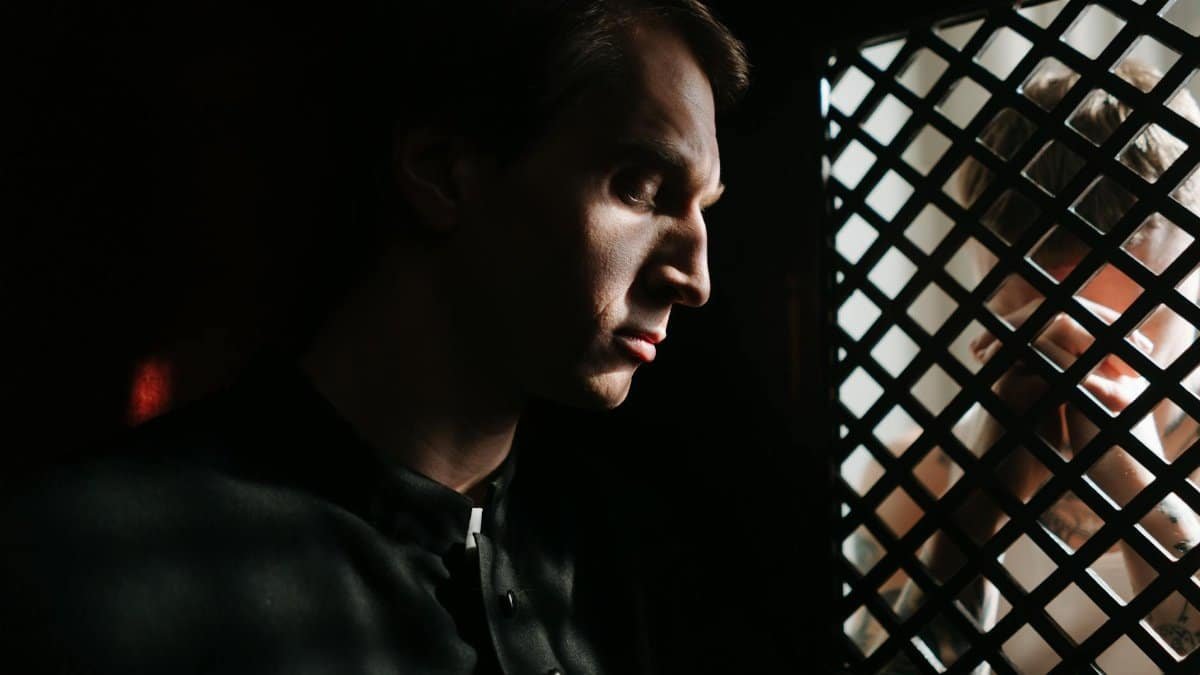
At its core, forgiveness mindfulness merges traditional forgiveness with mindfulness techniques. Practitioners focus on acknowledging hurt without judgment, using breathwork or meditation to process emotions. Unlike simple apologies, this method demands sitting with unease, which can feel raw at first. A study from the University of California, Berkeley, highlights how it reduces chronic stress by rewiring neural pathways. In busy U.S. cities like New York, therapists report rising demand as people seek tools for post-pandemic grudges.
Why the Initial Discomfort Hits Hard
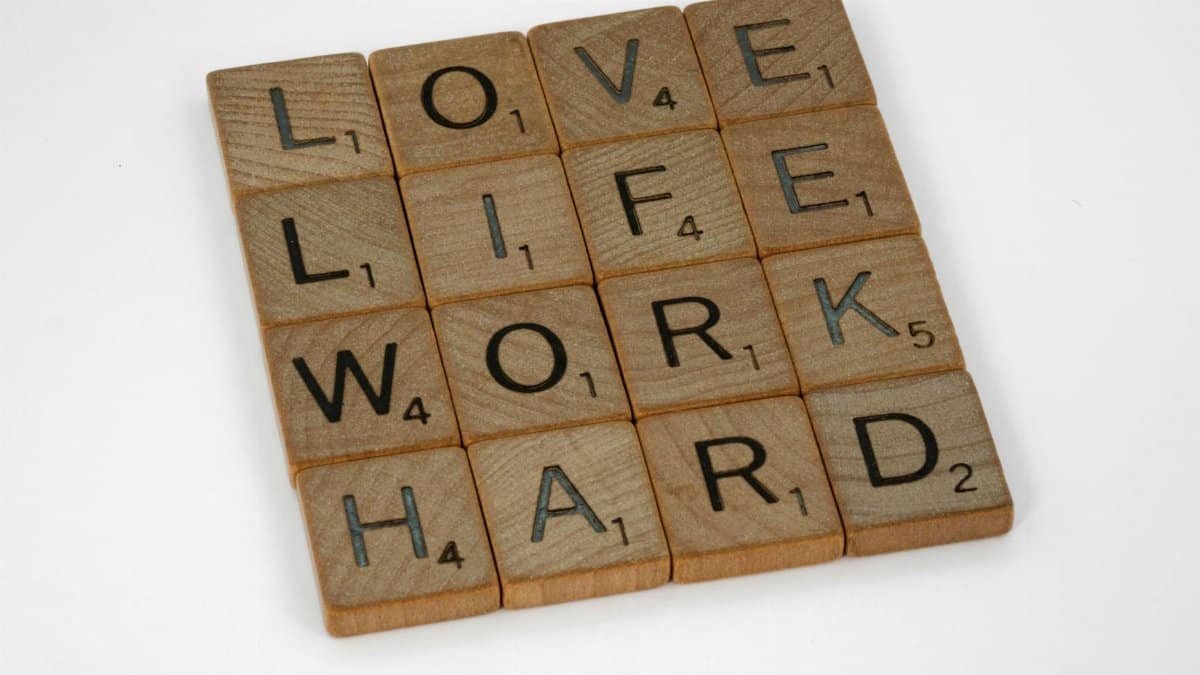
True forgiveness often stirs up buried anger or vulnerability, making it uncomfortable right away. Mindfulness amplifies this by encouraging full awareness of those feelings, rather than suppression. Psychologists note that Americans, conditioned to move on quickly, resist this slowdown. Research from the National Institutes of Health links this phase to temporary spikes in anxiety, but long-term benefits include lower blood pressure. One expert put it bluntly: “It’s like ripping off a Band-Aid slowly—painful, but necessary for real recovery.”
Real-Life Examples from Everyday People

Take John Ramirez, a Chicago accountant who turned to forgiveness mindfulness after a family fallout. He described the first sessions as “brutal,” confronting years of resentment toward his sibling. Yet, after weeks, he felt lighter. Stories like his echo across support groups in the U.S., where participants share how initial awkwardness leads to breakthroughs. Data from wellness apps shows a 20% uptick in users reporting similar journeys in 2025, proving the method’s growing appeal despite the early hurdles.
Science Behind the Emotional Shift

Brain scans reveal why forgiveness mindfulness feels off-putting initially. Functional MRI studies show heightened activity in the amygdala during early practice, signaling emotional processing. But over time, the prefrontal cortex strengthens, aiding regulation. A report from NCBI on mindfulness and forgiveness confirms this leads to reduced rumination. In the U.S., where mental health crises persist, such findings drive adoption in therapy programs nationwide.
Common Pitfalls and How to Avoid Them
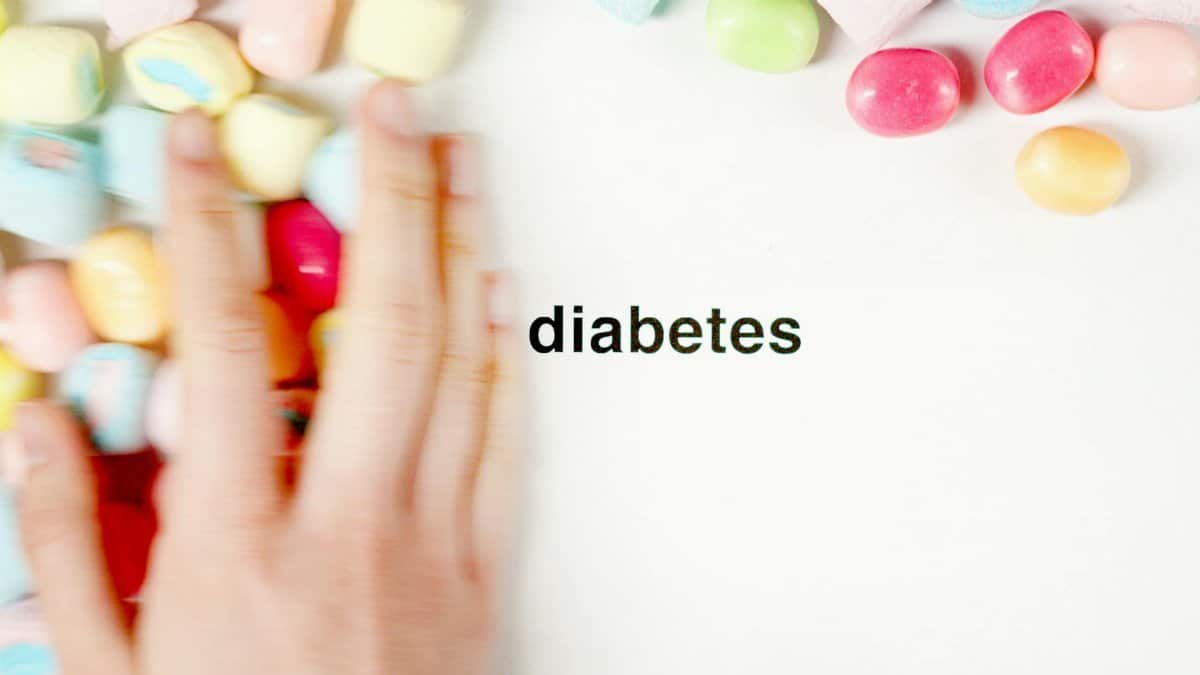
Many jump into forgiveness mindfulness expecting instant peace, only to quit when discomfort arises. Experts advise starting small, like five-minute daily reflections. Rushing the process can backfire, amplifying guilt. Therapists in Los Angeles clinics warn against forcing forgiveness on others—focus inward first. A 2023 study by the Mayo Clinic found that gradual approaches boost completion rates by 40%, helping users navigate the uneasy start more effectively.
Benefits That Emerge After the Unease
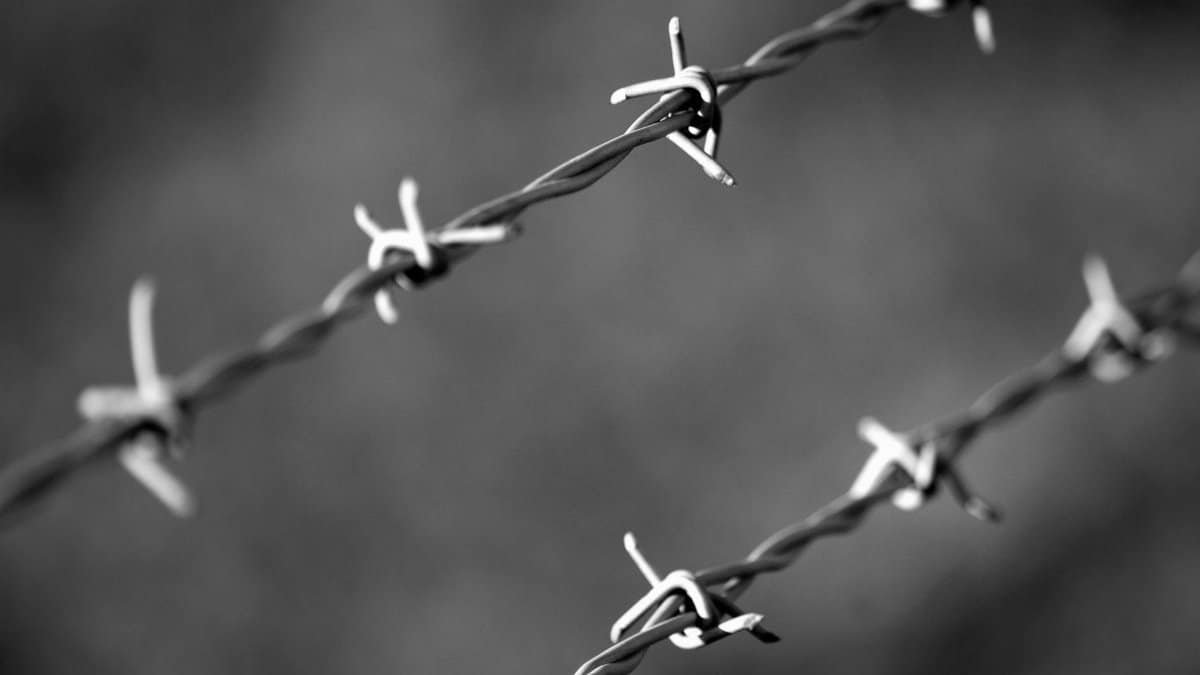
Once past the initial wall, forgiveness mindfulness delivers tangible gains. Users report improved relationships and sleep, with some studies showing a 25% drop in depression symptoms. In corporate America, companies like Google incorporate it into wellness training to combat burnout. The key? Persistence through discomfort builds resilience. As one practitioner noted, “It’s uncomfortable because it’s working—reshaping how you hold onto pain.”
Integrating It into Daily Life

Start with simple exercises: Journal about a grudge, then meditate on it without judgment. Apps like Headspace offer guided sessions tailored to forgiveness. In 2025, U.S. trends show remote workers blending it with lunch breaks for quick resets. Combine with therapy for deeper impact, but avoid overdoing it to prevent burnout. Consistency turns the uncomfortable into routine, fostering lasting emotional freedom.
Cultural Shifts Driving Its Popularity

Amid rising mental health awareness, forgiveness mindfulness gains traction in diverse U.S. communities. From urban millennials to suburban parents, it’s reframing forgiveness as self-care, not weakness. Social media amplifies stories of transformation, with hashtags trending in 2025. Yet, critics argue it’s oversimplified for complex traumas. Still, endorsements from figures like Oprah highlight its role in broader wellness movements.
Expert Tips for Beginners

Professionals recommend setting realistic goals: Acknowledge one small resentment per session. Pair with physical activity, like walking, to ease tension. A resource from Greater Good Science Center at UC Berkeley outlines steps for self-forgiveness, crucial for starters. Track progress in a notebook to see discomfort fade. With patience, it becomes a powerful tool for personal growth.
Looking Ahead: Sustaining the Practice
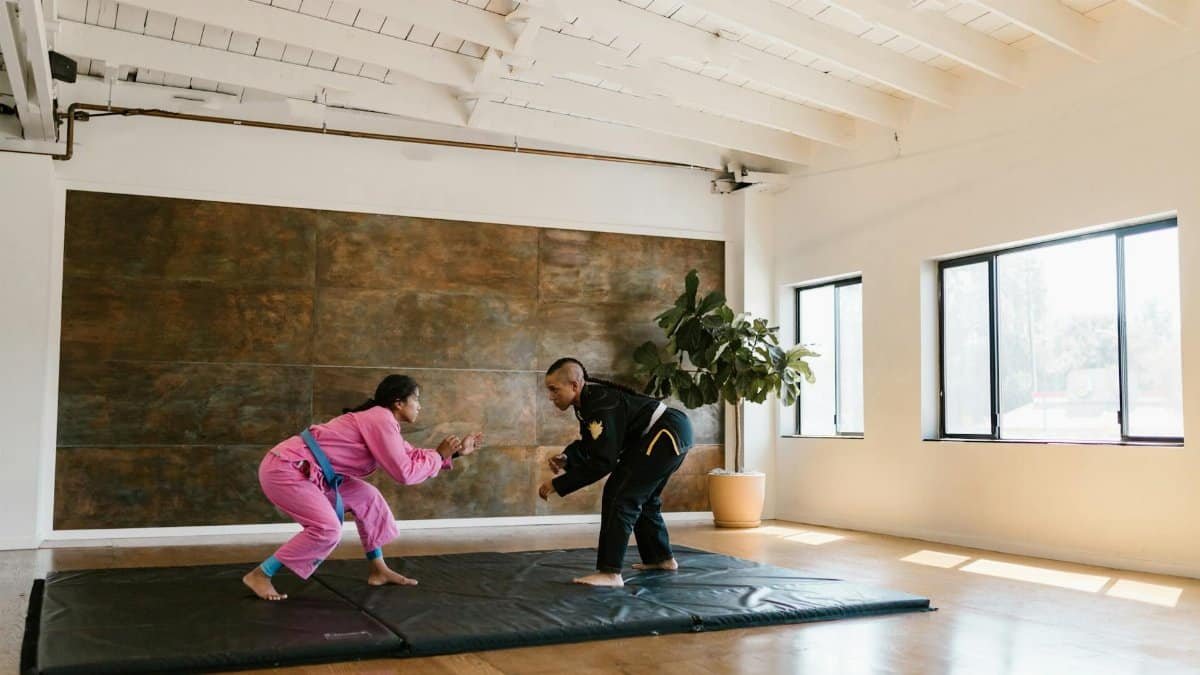
As forgiveness mindfulness evolves, experts predict integrations with tech, like VR simulations for immersive sessions. In the U.S., ongoing research aims to measure long-term effects on societal harmony. For now, embrace the discomfort—it’s the gateway to authentic release. Thousands are proving that what starts uneasy can end in profound peace.
